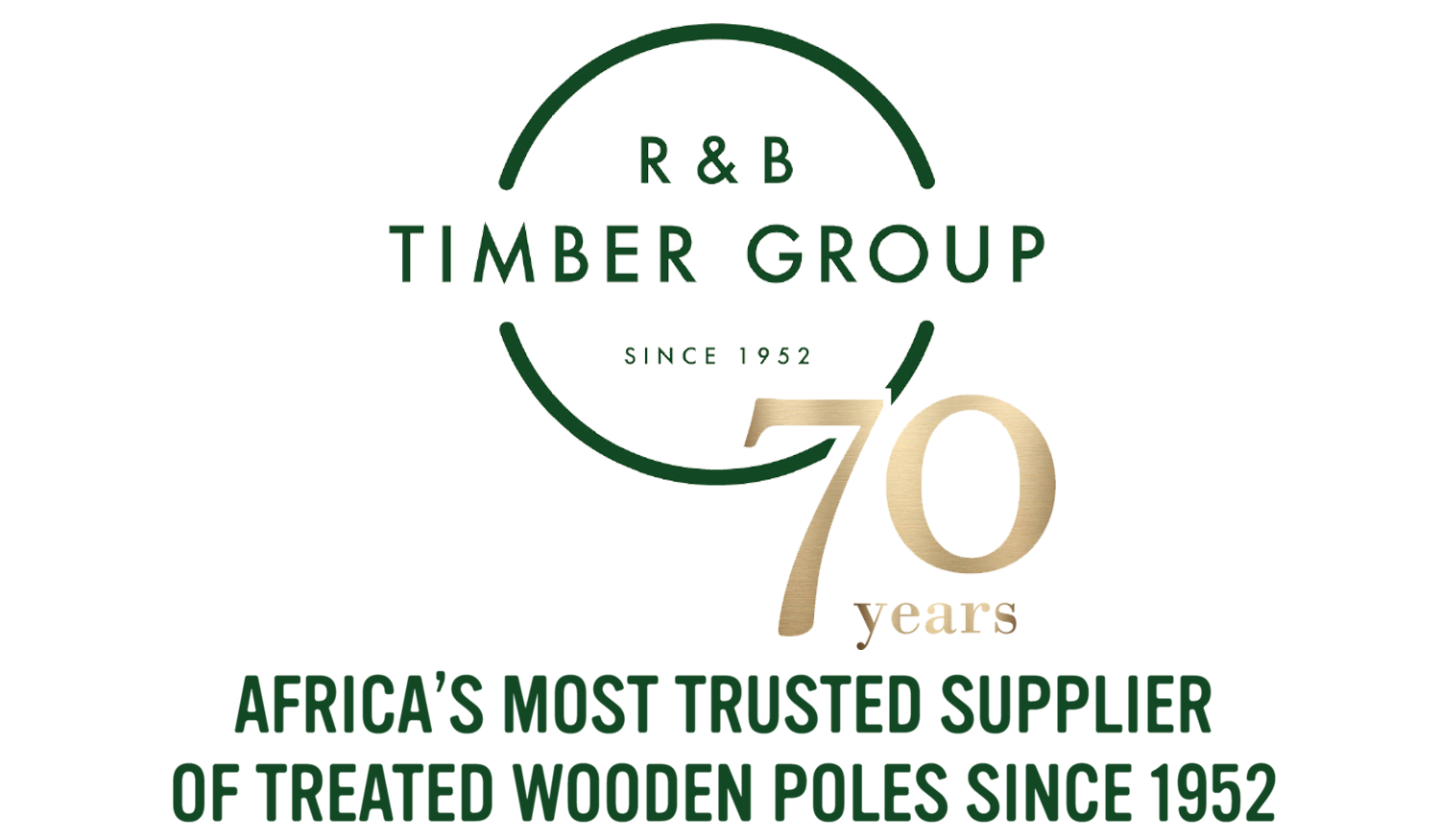3 great examples of timber homes in South Africa
While brick and mortar may be the most common construction method in South Africa, timber homes have rapidly gained popularity thanks to their endurance, longevity, and how they can enable homeowners to create rooms and additions that can rapidly be reconfigured into new living spaces.
Timber offers a variety of amazing benefits over brick-and-mortar – not only is timber a renewable resource, but further it offers excellent energy efficiency for indoor spaces and has a high load-bearing capacity – perfect for complicated builds in confined or elevated spaces.
In this article, we’ll round up some amazing timber homes in South Africa and explain technical considerations that you should explore if you’re considering building or purchasing a timber home.
Blackwood studio
Situated on the slopes of Hout Bay in picturesque Cape Town, Blackwood Studio offers views of the iconic Twelve Apostles.
What makes this household even more unique is its use of timber – Blackwood Studio is built on a timber frame placed on a suspended timber floor structure on timber posts, which secures this breath-taking home on the mountainside. The property is surrounded by a deck which is two steps beneath the ground level for views uninterrupted by balcony balustrades.
The property rolls together its timber frame with wooden finishes, which include the likes of sliding slatted timber shutters which replace the need for interior blinds.
Today, Blackwood Studio is available as an Airbnb.
Oubosstrand
Far away from Cape Town’s scenic slopes, another timber-frame icon stands in Oubosstrand Private Estate in the Tsitsikama. Constructed by T&B Log Homes, the unique 5 bedroom family beach home was constructed on a steep site amongst local flora.
Similarly to Blackwood Studio, the site leverages a tiered-down structure along an elevation which gives each room breathtaking views.
Smuts HousE
Stepping back in time, one iconic timber home rooted in South Africa’s history is none other than the former home of General Jan Smuts, which is situated in Irene, Pretoria.
The original Smuts House was purchased by General Smuts as a prefabricated structure hailing from the United Kingdom. The building was brought to Pretoria by rail, and then by ox wagon. As time passed and the structure settled in its new home, rooms were eventually added on.
Are you considering a timber home?
If you’ve thought about building or purchasing a timber home, it’s worthwhile to consider that the care and maintenance of your intended abode differ from the upkeep of a brick-and-mortar household. Here are some things to consider:
What laws apply to building with timber in South Africa
In South Africa, the National Building Regulations govern how timber structures should be designed and constructed. Most notably, the regulations outline that All timber used in a structural application should be structural South African pine that complies with the requirements of the South African National Standards including items 1783-2,1460, and 10149. Further, timber structures are required to be treated using either a CCA or Boron treatment process.
How many homes are built with timber?
While there is no recorded count of existing timber properties in South Africa, a team of researchers from Stellenbosch University estimate that only 1% of all new properties built in South Africa are constructed from timber, as opposed to nearly 90% in the USA, Canada, and Australia.
However, the researchers noted that with available timber supplies, 39646 timber homes could be constructed annually. The researchers highlighted that timber is a desirable construction choice given that it is not only renewable, but further offers the best performance when faced with environmental factors when compared to alternative construction methods.
How can I preserve my timber home?
When it comes to ensuring your timber home’s longevity, it’s important to consider three essential processes – cleaning, treatments, and finishes.
Cleaning logs and timber at your home should be done regularly to remove accumulations of grime, mud, and dirt – which can easily build up over the course of the construction in addition to everyday life.
Treating a timber structure can vastly extend its natural lifespan and prevent infestations from fungi and pests. Ensuring that all timber has been treated with either Boron or CCA, regularly applying biocides, and adding wood preservatives over time is vital.
Lastly, in order to maintain your home’s aesthetic appeal, applying a final finishing coat of wood preservative or stain can help reflect ultraviolet rays and can repel water – which can both improve timber’s structural integrity and visual appeal.
Read more from our blog:
· Building timber homes in South Africa
